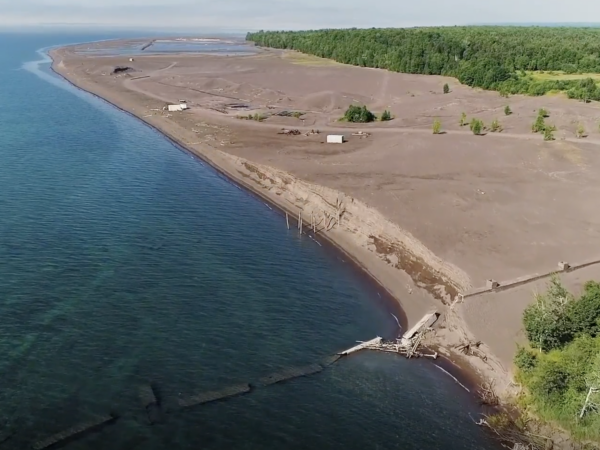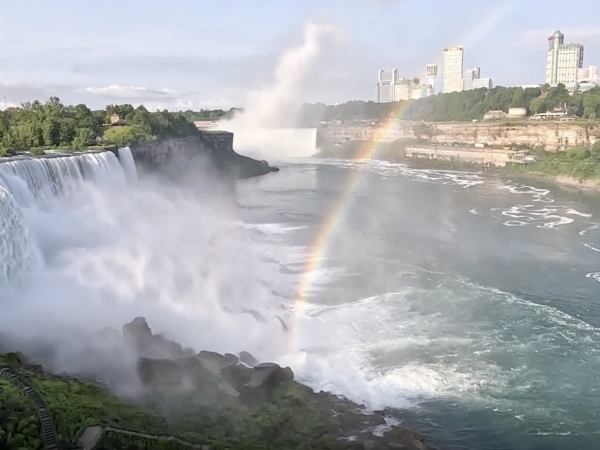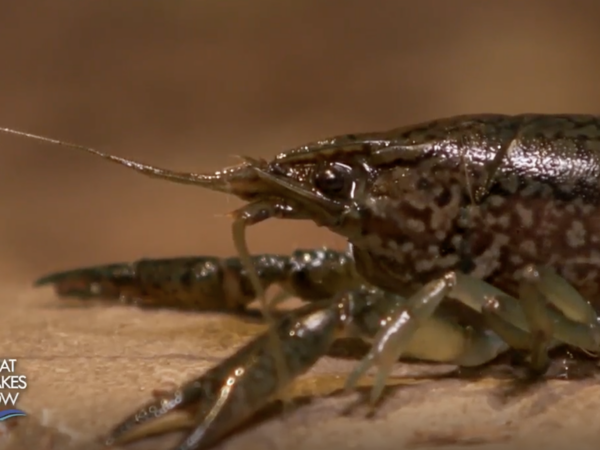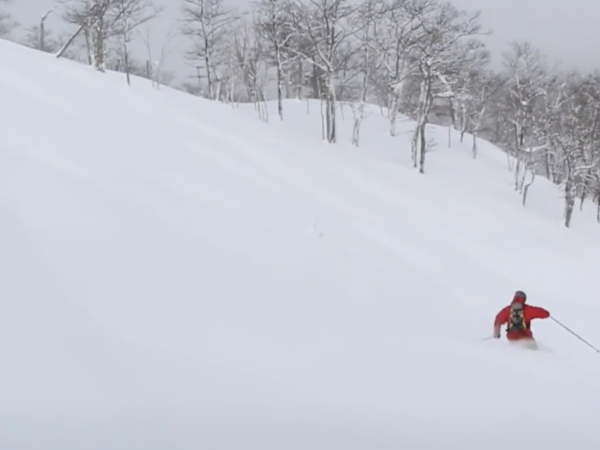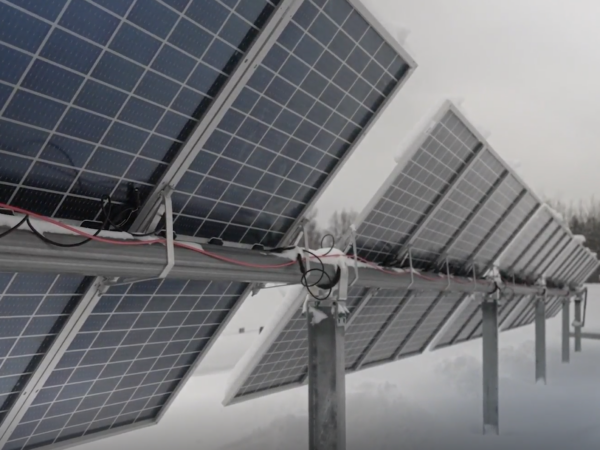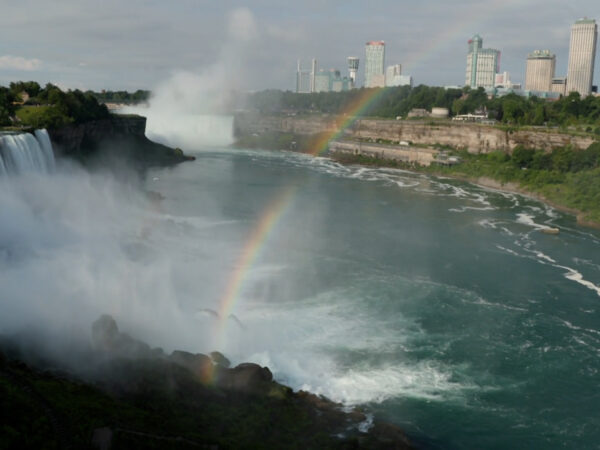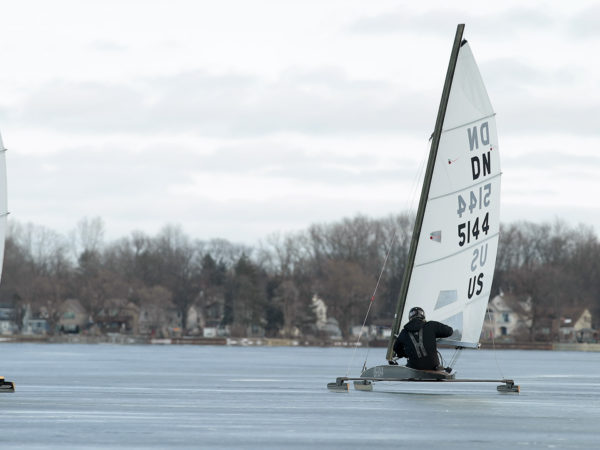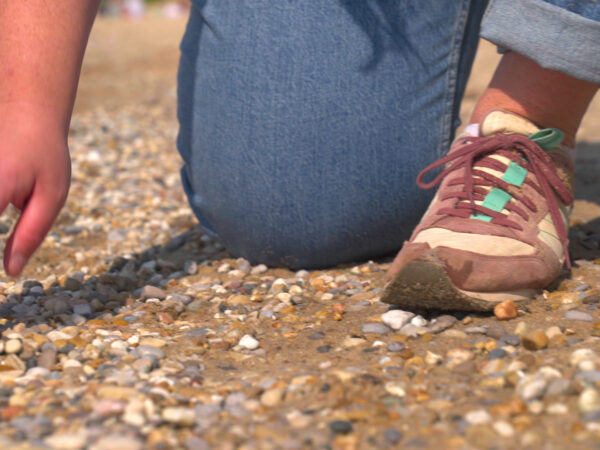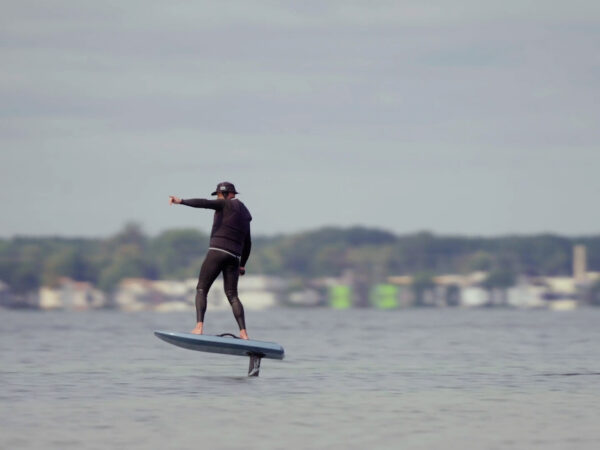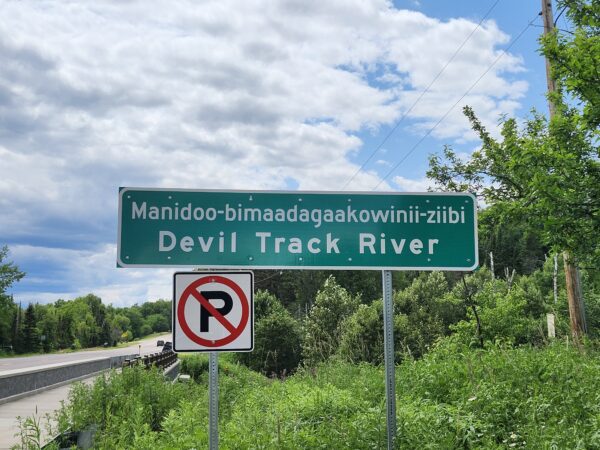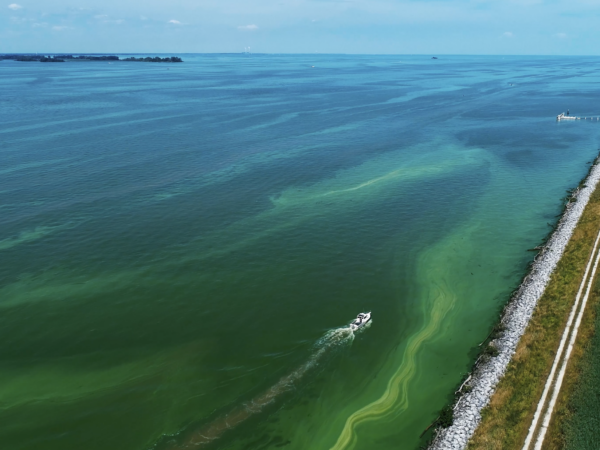IN THIS EPISODE:
In this episode of Great Lakes Now, efforts to control invasive sea lamprey, also known as the “vampires of the Great Lakes,” then a look at the causes and impacts of environmental hazards lurking in our homes. And “The Catch” offers updates from around the Great Lakes with news about shipwrecks, infrastructure and a Lake Erie birding trail.
WHERE WE TAKE YOU IN JUNE
GREAT LAKES LEARNING:
Explore this month’s hands-on lesson plans designed to help your middle schoolers understand the Great Lakes — all at home or in the classroom. They’re aligned to education standards AND free to download.
Lesson Plans
Have a question about the Great Lakes or life in the region?
Ask Great Lakes Now, and if we can answer it, we might loop it into our coverage so others can learn too.
Submit Your Question
When to Watch?
Check your local station for when Great Lakes Now is on in your area.
Premieres on DPTV
Wednesday, June 29, at 7:30 PM
STATIONS CARRYING THE SERIES
DPTV
Detroit, Michigan
WEAO
Akron, Ohio
WNEO-TV
Alliance, Ohio
WCML-TV
Alpena, Michigan
WDCP-TV
Bad Axe, Michigan
BCTV
Bay County, Michigan
WBGU-TV
Bowling Green, Ohio
WNED-TV
Buffalo, New York
WCMV-TV
Cadillac, Michigan
WTTW-TV
Chicago, Illinois
WVIZ-TV
Cleveland, Ohio
WKAR-TV
East Lansing, Michigan
WQLN-TV
Erie, Pennsylvania
WCMZ-TV
Flint, Michigan
WGVU-TV
Grand Rapids, Michigan
WPNE-TV
Green Bay, Wisconsin
WGVK-TV
Kalamazoo, Michigan
WHLA-TV
La Crosse, Wisconsin
WHA-TV
Madison, Wisconsin
WNMU-TV
Marquette, Michigan
WHWC-TV
Menomonie-Eau Claire, Wisconsin
WMVS-TV
Milwaukee, Wisconsin
WCMU-TV
Mt. Pleasant, Michigan
WLEF-TV
Park Falls, Wisconsin
WNIT-TV
South Bend, Indiana
WCNY-TV
Syracuse, New York
WGTE-TV
Toledo, Ohio
WDCQ-TV
University Center, Michigan
WNPI-TV
Watertown, New York for Ontario signal
WPBS-TV
Watertown, New York for U.S. signal
WHRM-TV
Wausau, Wisconsin
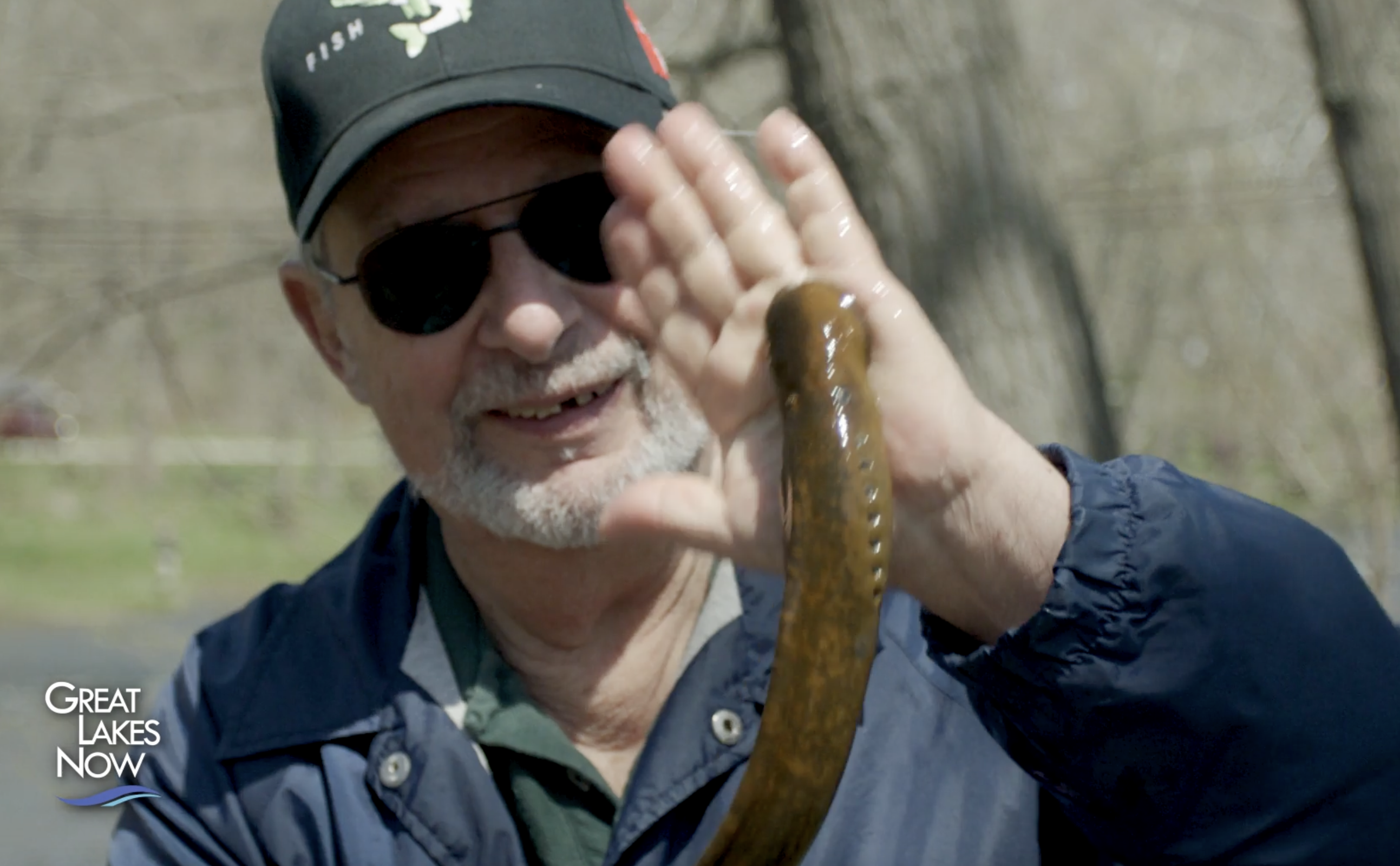
Donald Arcuri is the Ohio Advisor at Large for the Great Lakes Fishery Commission.
Vampires of the Great Lakes
SEGMENT 1 | Geneva, Ohio and Lake Erie
Sea lamprey, known as the “vampire fish of the Great Lakes,” are an invasive species that nearly decimated the Great Lakes Fishery in the 1940s and 1950s. With the help of the Great Lakes Fishery Commission, scientists developed a control measure to keep their numbers in check.
What does this method look like? Follow a team from the U.S. Fish and Wildlife Service as staff treat a section of Ohio’s Grand River with lampricide, the chemical that targets sea lamprey larvae. It’s an important operation because this 28-mile stretch of river is the fifth largest producer of Lake Erie sea lamprey. If left untreated, the lamprey could cause significant damage to the fishery.
We also discover how the sea lamprey, which is native to the Atlantic Ocean, made its way into the Great Lakes, and we learn about its interesting life cycle, which begins and ends in our Great Lakes tributaries.
Here is other Great Lakes Now work on sea lamprey:
Genetic Engineering: Researchers take first steps toward controlling sea lamprey
Complete Eradication: Researchers look at removing sea lamprey from the Great Lakes
And take our quiz:

Thomasenia Weston is a Detroit resident who has experienced a variety of issues in and around her home that have resulted in poor health outcomes for her and her grandchildren who live with her.
Hazardous Homes
SEGMENT 2 | Detroit, MI
When you think about environmental issues, you might picture toxic chemicals in the air or the water, but the environment we inhabit most of the time is our homes, and there are problems there, too.
Some these issues are because of the aging housing stock in Great Lakes cities. In Detroit, for example. 80 percent of housing units were built before 1960 so it’s no surprise that things like older windows, lead paint, and aging heating and cooling systems are becoming big problems. Other issues like damaged roofs or flooded basements can lead to mold and chronic respiratory issues like asthma for the people living in these homes..
Come along with environmental journalist Nina Ignaczak as she talks about her work reporting on this issue and how it relates to environmental justice efforts in cities like Detroit. Nina takes us inside the home of Thomasenia Weston, a longtime Detroit resident living on the southwest side of the city, who has been struggling with a variety of issues inside her home as well as constant truck traffic just outside her front door.
Plus, gain insights and perspective from a Detroiter who created a community and climate-focused consulting firm, as well as a physician who thinks about housing as a vital piece of public health.
Here is other Great Lakes Now work on environmental justice and housing:
When your home is filled with hazards, what can you do?
Mapping the Great Lakes: How old are our cities?
“Homes, Invaders”: GLN June Episode Sneak Peek Watch Party
Michigan Gov. Whitmer’s plan needs to move from aspiration to action, says Detroit climate advocate
Mapping tools help Ohio cities chart course for environmental justice
To protect people in the Great Lakes region from climate extremes, weatherize their homes
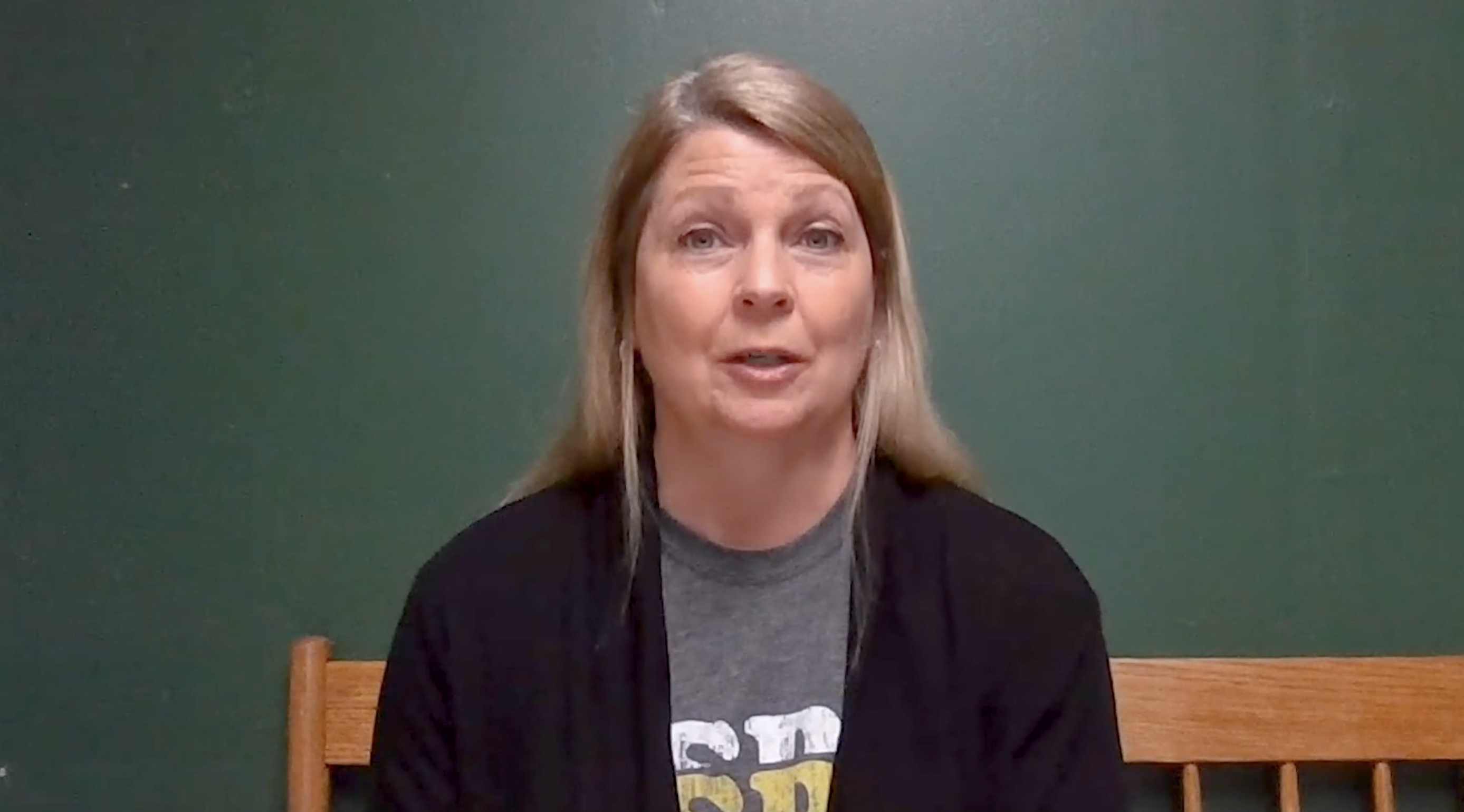
Kimberly Kaufman is the Executive Director of the Black Swamp Bird Observatory headquartered in Oak Harbor, Ohio.
The Catch: News about the Lakes You Love
SEGMENT 3 | Oak Harbor, OH; Milwaukee, WI; Sleeping Bear Dunes
Keep up with the Great Lakes’ biggest issues. Find out how environmental challenges are impacting your enjoyment of the outdoors and the health of the ecosystem. Go beyond the headlines with reporters from around the region.
This new segment – The Catch – in our award-winning PBS program will keep you in the know. This month, stories about birding, shipwrecks and water infrastructure.
First up, a conversation about the Great Lake Erie Birding Trail with Kimberly Kaufman, executive director of the Black Swamp Bird Observatory headquartered in Oak Harbor, Ohio. The trail network was created by recreation and tourism organization Destination Toledo and has a mobile passport component. It allows bird lovers to connect and explore nearly 40 different birding hotspots throughout the Western Basin of Lake Erie.
In Milwaukee, officials are working to eliminate combined sewage overflows that can pour pollution into local waterways including Lake Michigan. Wisconsin Public Radio’s Jonah Beleckis has been following the story. He says overflows can lead to drinking water advisories, restrictions on boating and swimming that drive local tourism, and even harmful algae blooms. These issues are part of why state and local agencies are trying to get a handle on the problem
Finally, a look at shoreline shipwrecks in Michigan. There are thousands of shipwrecks in the Great Lakes, but you don’t need scuba gear to see all of them. Author and editorial director of MichiganTrailMaps.com Jim DuFresne has published a “Landlubbers Guide to Shoreline Shipwrecks,” and takes us on a virtual tour of some of his favorites which include wrecks on the shores of Sleeping Bear Dunes and Isle Royale National Park.
Here is other Great Lakes Now work on issues reported in this month’s “The Catch”:
Big Week for Small Birds: The Biggest Week in American Birding started on Friday
Rights vs. Regulations: When it comes to septic system codes, property rights remain a big barrier
Michigan’s lack of septic system regulations is causing problems for some of its most pristine lakes
Videos from Episode 2206
Subscribe on YouTube
Featured Articles
Digital Credits
The Great Lakes Now Series is produced by Rob Green and Sandra Svoboda.


